May 30, 2025 | 17:53 GMT +7
May 30, 2025 | 17:53 GMT +7
Hotline: 0913.378.918
May 30, 2025 | 17:53 GMT +7
Hotline: 0913.378.918
After the argument related to Cambodia’s Funan Techo waterway canal in early May, reported by the press in both Vietnam and Cambodia, I wrote an article in the Vietnam Agriculture News titled ‘Funan Techo canal and lessons on Mekong cooperation’ and another titled ‘Funan Techo canal – Cooperating for development’ on Vietnamnet.vn.
The results of professional analysis and reliable assessments indicating the insignificant impacts of the proposed Funan canal navigation route on water security in the delta, as well as changes in salinity intrusion, along with meaningful constructive recommendations contributing to strengthening and promoting cooperative relationships for the sustainable development of the Mekong River basin in general and the cooperation between the two neighboring countries, Vietnam and Cambodia, in solidarity, friendship, and development cooperation in particular. However, recently there have still been some articles expressing concerns about the adverse impacts of the canal navigation route.
To clarify concerns such as the lack of a reliable basis or unrealistic exaggerated assumptions that the Funan Techo canal will take 50% of the water from the Mekong Delta, this article will shed more light on previous assessment results and priority solutions to minimize adverse impacts on Vietnam.
Main information about the Funan Techo inland waterway transport route
On August 8, 2023, Cambodia sent a notice to the Secretariat of the Mekong River Commission (MRC) about the Funan Techo inland waterway project according to PNPCA procedures (Procedures for prior notification, consultation, and agreement).
Some information about the canal route:
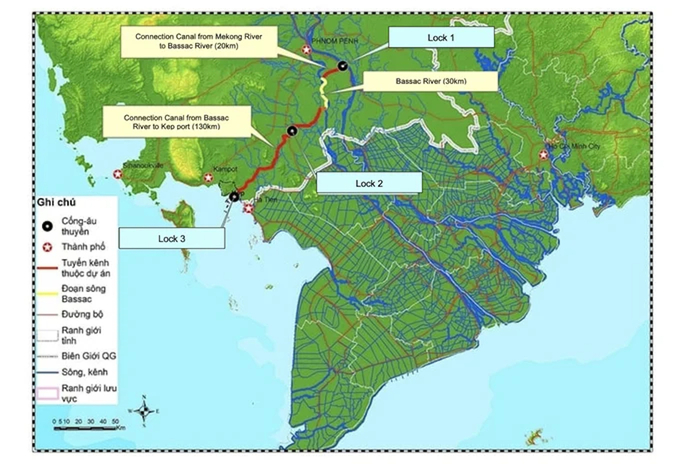
Illustration of the location of the Funan Techo waterway and the location of 3 locks.
In the case of controlled flow through the canal with the average daily flow according to the initial preliminary design of 3.6 m³/s (according to Cambodia’s notification on August 8, 2023, to the Mekong River Commission), this is considered the amount of water diverted by the canal in this scenario. It is important to note that this is the operating flow of the lock to bring ships into the functional water storage compartment compared to the potential of the Mekong River water source to the delta through Tan Chau and Chau Doc, which is 12,450 m³/s. Therefore, the project’s impact on Vietnam’s Mekong Delta is insignificant.
In a worse case, assuming the locks are freely open continuously in both flood and dry seasons (with no control of flow through the lock beyond Cambodia’s notification), the results show that the amount of water lost with the average flow during the dry season months from the Bassac branch through the canal to the sea is 71.4 m³/s (ranging from 52 m³/s to 110 m³/s). The total volume from December to May is about 1.12 billion m³. The average flood season flow to the sea from the canal from June to November is 241.6 m³/s (ranging from 76 m³/s to 365 m³/s), with the total flood season volume being about 3.8 billion m³.
In the worst case, assuming continuous open locks combined with agricultural water supply in Kandal, Takeo, Kampot, and Kep provinces (beyond Cambodia's announcement, to determine the maximum water transfer capacity of the waterway when not controlling flow and combining it to develop irrigated agriculture), it is assumed that the water flow for agricultural irrigation along the canal is about 50 m³/s (equivalent to an increase in the agricultural area of several tens of thousands of hectares in the region). The results show that the amount of water lost with the average flow from the Bassac branch into the Funan canal in the dry season increased, with the average flow being 93.8 m³/s (ranging from 77 m³/s to 138 m³/s). In contrast, the flow to the sea at the end of the Funan canal decreased, averaging 44.5 m³/s (ranging from 25 m³/s to 84 m³/s). The total discharge from December to May to the sea is about 0.7 billion m³.
In the case where the canal is kept open continuously, and the pumping for irrigation from this canal is increased up to 100 m³/s, water will not only be drawn from the Bassac River side but also begin to be drawn from the Kep Sea side. This means that with the design size announced by Cambodia, the ability to increase irrigation water supply is not more than 100,000 hectares. Even if that happens, the impact of reducing the water level on the Hau River in Chau Doc is only about 2-5 cm, which is considered a minor impact.
Thus, even in the worst cases, the impact of the Funan Techo navigation canal on water resources and salinity intrusion in the delta is considered not to be significant. These changes have already been considered in the Mekong Delta’s irrigation planning.
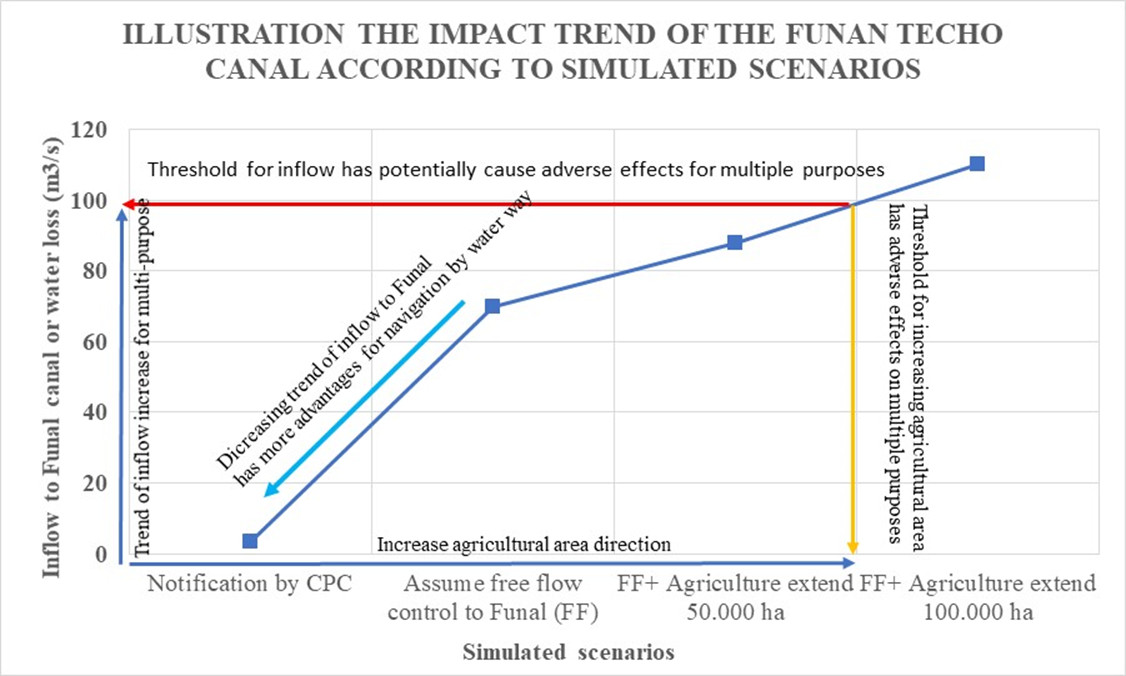
Vietnam's official position was clearly expressed previously through Deputy Spokesperson of the Ministry of Foreign Affairs Doan Khac Viet on April 11, 2024, stating:
Vietnam supports the economic and social development needs of countries along the Mekong River, and also emphasizes the importance of strengthening cooperation to effectively and sustainably manage and use Mekong River water resources because sustainable development of the basin, the benefits of communities in the basin, the future of future generations and solidarity between riparian countries.
Vietnam reaffirmed this viewpoint in the statement of the Spokesperson of the Ministry of Foreign Affairs on May 5, 2024. Ms. Pham Thu Hang said that Vietnam hopes the Cambodian side continues to coordinate closely with Vietnam and other countries within the Mekong River Commission to share information and fully evaluate the impact of this project on water resources and the ecological environment of the Mekong sub-region along with appropriate management measures. This cooperation aims to protect the Mekong River, harmonize the interests of riverine countries, and effectively and sustainably manage and use the Mekong River’s water resources for the sustainable development of the basin, the solidarity between riparian countries, and future generations to come.
In recent years, agricultural and hydroelectric developments upstream have been causing adverse impacts downstream, such as reduced flood trends leading to the loss of sediment and reduction of aquatic resources; decreased water flow into Tonle Sap Lake; increased erosion; and especially the irregular dry season flow causing unpredictable saltwater intrusion.
When considering the issue of water security in the Mekong Delta, any impact that reduces water resources downstream is considered a risk. Thus, the existing adverse impacts are considered much greater than the possible increased impacts due to the influence of the Funan Techo canal. Meanwhile, in the more unfavorable case of the Funan Techo traffic canal being freely opened and combined with increasing agricultural irrigation by 50 m³/s, the average flow loss from the Mekong River system during the dry season is only about 93.8 m³/s. In addition, according to Cambodia’s initial announcement, the main purpose of the Funan Techo canal is inland waterway traffic and freight transport.
For this purpose, for the canal to operate most effectively, the technical design requirements can be seen as follows:
With the most favorable design criteria for water navigation as mentioned above, it can be seen that the unfavorable assessment results in terms of increased flow through the canal due to its free opening are very unlikely to happen because it is not practical for water transportation. Similarly, the combination of increasing the development of agricultural irrigation will also have limits because it can increase canal sedimentation, causing saltwater to penetrate the canal and adversely impacting the project’s goals, which Cambodia will have to consider.
On the other hand, in Cambodia’s agricultural development strategy until 2030, it is still unclear whether rice crops will be a priority. Specifically, Cambodia’s plan to increase rice area from 2016 to 2030 only aims to reach 77,000 hectares. In fact, according to the Cambodian side’s announcement, the proposed canal route has 3 locks designed to operate most effectively for waterway transportation.
From the above arguments, it can be seen that, from an investor’s perspective and a technical design consultant for the Funan Techo waterway, one will design the canal route to be most beneficial for waterway traffic. This means that the water flow through the canal will be minimized. Another purpose is to increase the water supply for industry, domestic uses, and a portion for agriculture, which is likely to be smaller than the above unfavorable assumptions.
Therefore, adverse operational cases are unlikely to occur, meaning that assumptions will lean towards impacts less detrimental to Vietnam’s water security than past and ongoing impacts. Therefore, the solution to minimize the adverse impacts caused by the Funan Techo waterway canal in Vietnam now is not to stand on the sidelines and request more information but to actively advise and assist Cambodia on management, exploitation, and operation. This will ensure that the canal is most beneficial for navigation while ensuring safety, reducing operating costs, and minimizing dredging costs for the canal. Consequently, the movement towards the delta will be minimal.
Cambodia’s Funan Techo inland waterway route, located entirely on Cambodian land, is considered a development right, consistent with the cooperation and development interests of the country. Cambodia has made prior notice and provided information about the project according to the 1995 Mekong Agreement, although the expected flow through the canal is very small.
With the results evaluated by experts, it can be seen that the impact of the Funan Techo waterway, in the case of design with an average discharge of 3.6 m³/s or in more unfavorable cases such as when opened freely or combined with increased irrigation for agricultural development, will still lie within the area that has been considered in irrigation planning in the Mekong Delta.
With the main purpose of inland waterway traffic and freight transport, the canal will be most effectively operated when the flow through the canal is small, limiting silt into the canal to reduce the possibility of sedimentation. In terms of technical expertise, it can be deduced that continuous free opening of the canal is very unlikely. Therefore, the adverse impacts on the delta will be closer to Cambodia’s initial announcement of minor impacts.
Therefore, instead of being overly concerned about the lack of information or other unforeseen impacts, Vietnam can approach this by sharing experiences to support the effective technical design of the canal route. Ensuring the highest efficiency for water transportation will contribute to minimizing adverse impacts on water resource security in the Mekong Delta.
Translated by Quynh Chi
/2025/05/29/5625-12-214801_567.jpg)
(VAN) Provincial mergers in the Mekong Delta promise to streamline administration, expand inter-provincial raw material areas, and foster close linkages in agricultural value chains, benefiting both businesses and cooperatives.
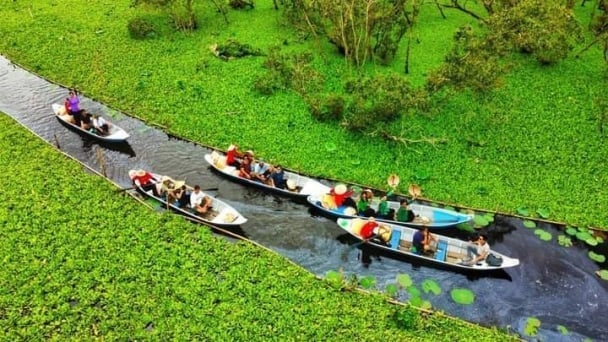
(VAN) Merging Mekong Delta provinces contributes to the expansion of agricultural raw material areas, addressing previous constraints caused by provincial boundaries. Additionally, this expansion will reduce costs and strengthen linkages between businesses, cooperatives, and farmers.
/2025/05/29/1043-2-153730_145.jpg)
(VAN) The Government's policy to merge provincial-level administrative units opens up major opportunities for the Mekong Delta region to reshape its agricultural development strategy toward large-scale production, effective regional linkages, and sustainability.
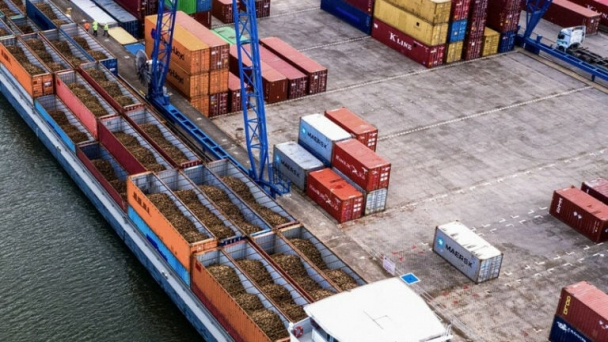
(VAN) The mutual export of agrifood products between the European Union (EU) and the United Kingdom (UK) must occur again without certification, border controls or other red tape. This was agreed at the UK-EU summit.
/2025/05/22/5121-2-173645_677.jpg)
(VAN) NBSAP Tracker identifies strengths and areas for improvement in the National Biodiversity Strategy, based on each region’s priorities and capacities.
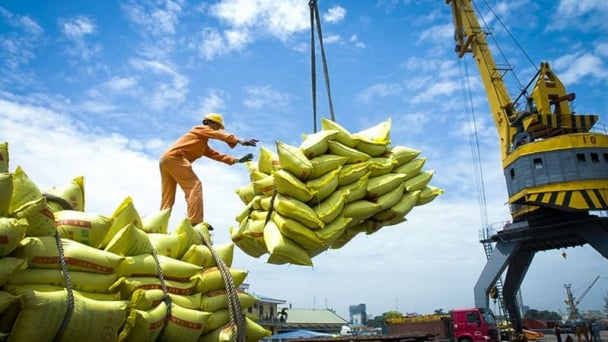
(VAN) The draft amendment to the Circular on rice export trading stipulates a periodic reporting regime for rice exporting enterprises.
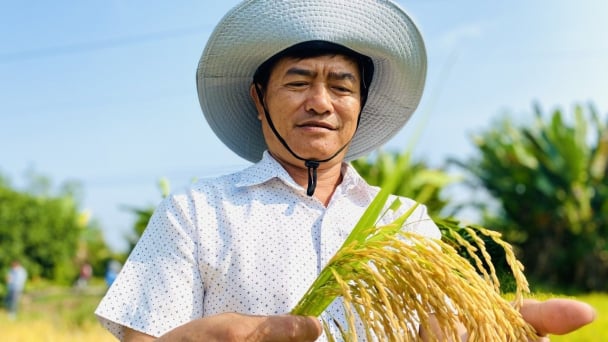
(VAN) Dong Thap farmers attained an average profit margin of 64% during the summer-autumn 2024 crop (first season), while An Giang and Kien Giang farmers followed with 56% and 54%, respectively.